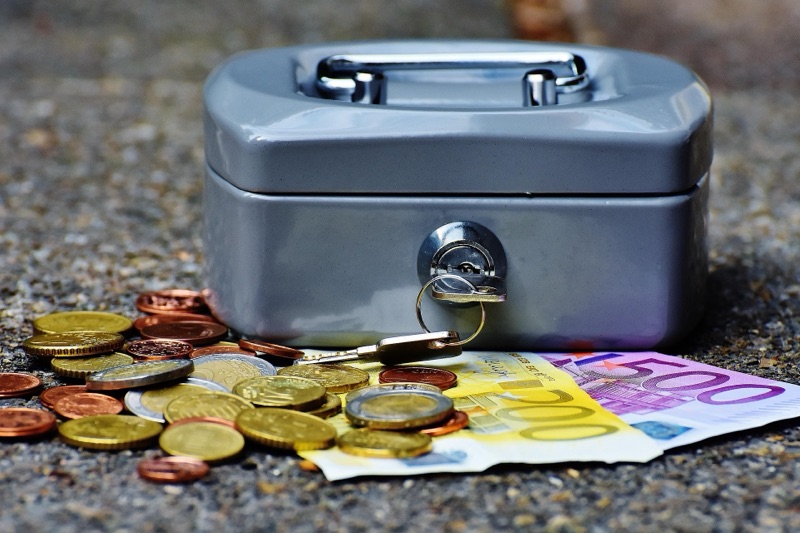What is “Fiat” Money

Image by Alexa from Pixabay
Fiat Money: What It Is, How It Works, and Why It Matters
Money is the lifeblood of modern economies, but have you ever wondered what gives your paper bills or digital bank balance value? Unlike gold or silver, most currencies today are not backed by any physical asset. Instead, they rely on something far more abstract—trust. This type of currency is called fiat money.
In this blog, we’ll break down what fiat money is, how it works, its advantages and disadvantages, and why it’s the foundation of today’s global financial system.
What Is Fiat Money?
Fiat money is a currency that has no intrinsic value and is not backed by a physical commodity like gold or silver. Instead, its value is derived from the trust and authority of the government that issues it. The term fiat comes from Latin, meaning “let it be done,” signifying that the currency’s value is established by government decree.
For example, the U.S. dollar (USD), the Euro (EUR), and the Indian Rupee (INR) are all fiat currencies. They have value because people accept them as a medium of exchange and trust the government to maintain their stability.
How Does Fiat Money Work?
Fiat money functions as a medium of exchange, a store of value, and a unit of account. In simpler terms, people use it to buy goods and services, save for the future, and measure the value of different things.
Unlike commodity money (such as gold coins), fiat money is not limited by the availability of a natural resource. Governments and central banks control its supply, making it more flexible for managing the economy. However, this also means that its value depends on economic policies and public confidence.
Key Characteristics of Fiat Money
✔ No Intrinsic Value – A $100 bill is just paper; its worth comes from what it represents.
✔ Government-Backed – The value is maintained by a country’s central bank and government policies.
✔ Legal Tender – It must be accepted for debts and transactions within its jurisdiction.
✔ Unlimited Supply – Unlike gold, central banks can print more money as needed.
✔ Inflation-Prone – If too much money is printed, its value can decrease.
A Brief History of Fiat Money
Fiat money has been around for centuries, but its widespread use is a relatively modern phenomenon. Here’s a quick look at its evolution:
• Ancient Commodity Money – Early civilizations used gold, silver, and even shells as currency.
• China’s First Paper Money (11th Century) – The Song Dynasty introduced paper currency, initially backed by precious metals.
• The Gold Standard Era – For centuries, many countries backed their currency with gold.
• The Nixon Shock (1971) – The U.S. completely abandoned the gold standard, marking the shift to a fully fiat system.
• The Modern Fiat Era – Today, every major currency in the world is fiat money.
Pros and Cons of Fiat Money
Like any system, fiat money comes with both benefits and risks.
Advantages
✅ Monetary Flexibility – Governments can adjust the money supply to manage inflation, unemployment, and economic growth.
✅ Convenience – Paper money and digital transactions are more practical than carrying gold or other commodities.
✅ Economic Growth Support – Governments can inject more money into the economy during downturns.
Disadvantages
❌ Inflation and Hyperinflation – Excessive printing of money can erode its value, leading to economic crises.
❌ Government Dependence – If trust in the government or central bank declines, the currency can lose value.
❌ Debt-Driven System – Fiat money enables governments to accumulate large amounts of debt, sometimes leading to financial instability.
Is Fiat Money Here to Stay?
Despite its flaws, fiat money remains the backbone of the global financial system. Governments and central banks rely on it to manage economies, and society continues to trust it for everyday transactions. However, with the rise of cryptocurrencies and debates over inflation, the future of fiat money is an ongoing discussion.
Will we see a shift to digital or decentralized currencies in the future? Only time will tell.
What are your thoughts on fiat money? Do you trust it, or do you prefer alternatives like gold or Bitcoin? Let’s discuss in the comments!
Comments
Post a Comment